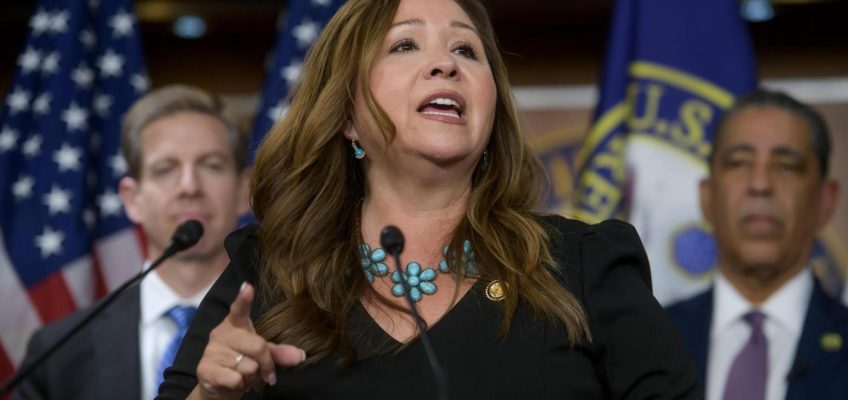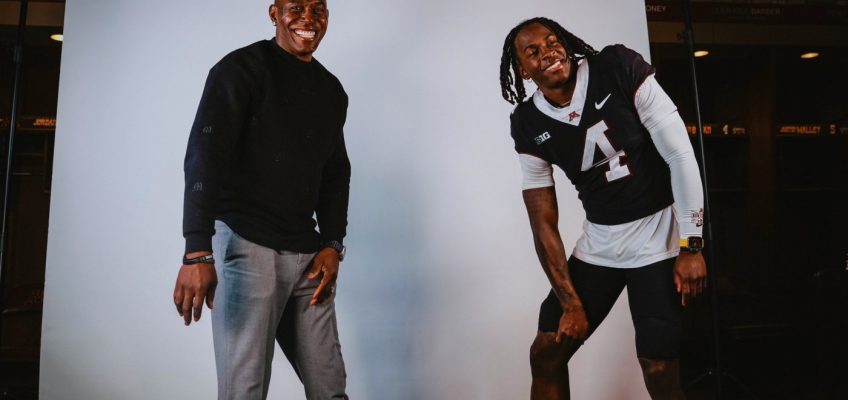By SUSAN MONTOYA BRYAN
A federal law enforcement operation at an Arizona taco shop resulted in a fracas on Friday, with agents deploying pepper spray as a group of protesters tried to stop authorities.
Related Articles
Education Department workers targeted in layoffs are returning to tackle civil rights backlog
FAA launches investigation into US airlines over flight cuts ordered during the shutdown
What to know about the air traffic control overhaul and the company FAA hired to manage it
What to know about the Justice Department’s Jeffrey Epstein files
What to know as lawmakers disclose vivid new details of US boat strikes
Two agents were injured, and U.S. Rep. Adelita Grijalva was in the vicinity as protesters were sprayed. The Democratic congresswoman from Arizona took to social media, claiming she was sprayed in the face and accused immigration enforcement officers of operating without transparency or accountability.
“While I am fine, if that is the way they treat me, how are they treating other community members who do not have the same privileges and protections that I do?” she said in a statement.
It was less than a month ago that Grijalva was sworn in as the newest member of Congress. She won special election in September to fill the House seat last held by her late father.
In a video posted to social media, Grijalva said she, two members of her staff and members of the media were harassed and sprayed by agents during a federal immigration raid that local residents had interrupted “because they were afraid that they were taking people without due process, without any kind of notice.”
The video shows a man stepping in front of Grijalva, raising his arm and turning the congresswoman away as a federal agent sprays nearby protesters. Later in the video, as Grijalva continues walking in the street, a projectile is seen landing near her foot.
She said she did not know what substance she was sprayed with, but it was “still affecting” her with a cough.
Federal officials confirmed that Grijalva was not pepper sprayed and that agents with Homeland Security Investigations were targeting multiple Tucson restaurants as part of a years-long investigation into immigration and tax violations. Several search warrants were served across southern Arizona on Friday as part of the operation.
In a statement, Department of Homeland Security Assistant Secretary Tricia McLaughlin described the group gathered in Tucson as a mob. She said two agents were seriously injured during the clash and took issue with Grijalva’s account of what happened.
“If her claims were true, this would be a medical marvel. But they’re not true. She wasn’t pepper sprayed. She was in the vicinity of someone who (asterisk)was(asterisk) pepper sprayed as they were obstructing and assaulting law enforcement,” McLaughlin wrote. “Presenting one’s self as a ‘Member of Congress’ doesn’t give you the right to obstruct law enforcement.”
Authorities used yellow tape to cordon off the restaurant and its parking lot as agents removed boxes from the building early Friday. By mid-morning, protesters had gathered outside with signs and whistles. Some in the group were hit with pepper spray as they tried to keep federal vehicles from leaving the area.
Tucson police said federal tactical agents responded to extract investigative special agents from the area where the protesters were gathered. After deploying chemical munitions, police said federal agents then requested emergency support from local authorities to help with exiting the area.
Grijalva thanked officers from the Tucson Police Department for “making sure everyone is safe” and stressed that the local officers had not interrupted traffic or harassed local residents. They did not make any arrests. “They were not the aggressors here,” she said.
The Arizona Democrat’s experience is the latest incident this year of members of Congress being stonewalled by or put in physical altercations with federal law enforcement officers while attempting to conduct congressional oversight. The incidents have typically involved congressional Democrats appearing at federal immigration facilities or at immigration raids.
U.S. Rep. LaMonica McIver, a New Jersey Democrat, is in an ongoing legal dispute with the Trump administration after a May altercation at a Newark immigration facility in her district. And Sen. Alex Padilla, a California Democrat, was thrown to the ground and detained by federal agents in June after appearing at a press conference for Homeland Security Secretary Kristi Noem.
Associated Press writer Matt Brown contributed to this report from Washington, D.C.




